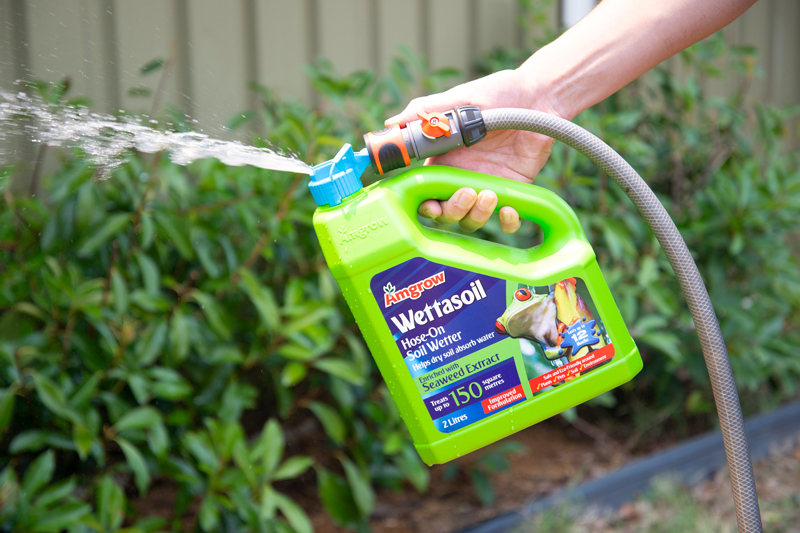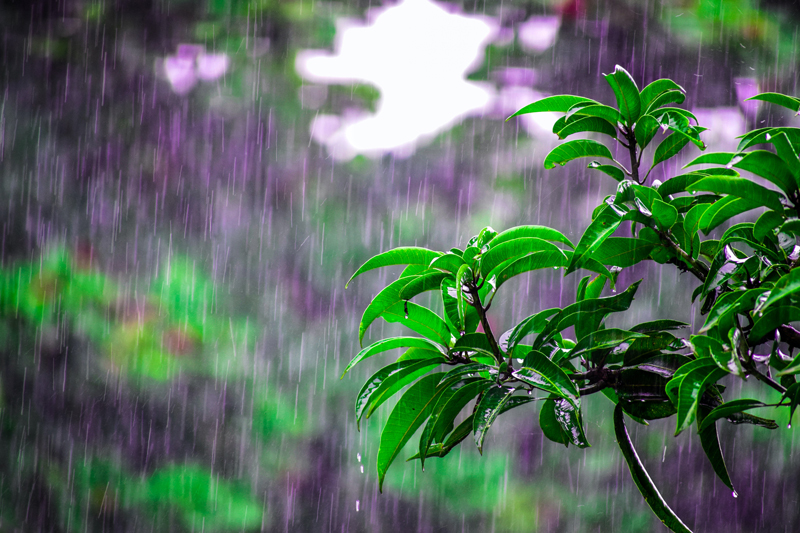A note from your plants on watering
Some people say your plants grow better if you talk to them. I think it’s more important to listen to what they have to say, particularly on the subject of water.
Watering plants is one of the most important garden tasks. For plants, a good drink can be the difference between life and death. Certainly, those that don’t get enough water fail to grow well and are susceptible to pests and diseases.
After years of droughts and water restrictions, gardeners have cut back on watering, often failing to give their gardens enough. While established plants can get by on reduced watering, new plantings, annuals, vegetables, plants in flower or fruit and potted plants benefit from a regular drink – just ask them!
If they are wilting or drooping, their buds or flowers are brown or falling prematurely, or their fruit is failing to form, then the plant is saying "water me more"!
If you are unsure about just what the plant is trying to say, probe the soil around the roots with your fingers. If it is dry, the plant probably wants a drink.

If soil is proving hard to wet, a soil wetting agent such as Wettasoil could help.
Good watering
Whether you are watering using a hose, a watering can or a watering system, it is important to provide enough water to wet the soil where the roots are growing. This is why a good soaking less often is a more effective way to water most garden plants than frequent light sprinkles that may only wet the foliage and not the soil.
Sometimes the soil may look wet, but the water hasn’t actually soaked in and the soil is still dry just below the surface. If this is the case, apply more water or allow the watering system to run longer until the root zone is wet. This rule applies to plants in the ground and those in pots.
If the soil or potting mix is proving hard to wet and water seems to pool or run off the surface, apply a soil wetting agent. You can do this by watering it over the hard-to-wet area with a watering can, or using a hose-on formulation. If you have potted plants that are hard to wet, you can dunk them into a large container of water, water them with a soil-wetting agent or consider repotting them into a larger pot with fresh potting mix.
Most plants like to dry out a little before receiving more water, but not to the point that they become water-stressed. When it’s hot, dry or windy (or a combination of these conditions), plants dry out very quickly and need to be watered more often than at other times. Under stressful conditions they may need daily or even more frequent watering.

In most cases, a thorough soaking of rain is the best way to water a garden - but you can't rely on its timing. Even if you think rain is coming, you should still water your plants.
Don’t trust the rain
It is tempting to put off watering when rain threatens. For plants that are stressed and in need of water, the rain may not come fast enough. Even if it does rain, the amount that falls may not be enough to wet the root zone. Generally, water plants if they need water - even if there’s a chance of rain. Potted plants and those growing under the leaves or under trees also need to be given water even if there’s been rain - sometimes the water will fall on the canopy or roof above and simply won't make it to the soil.
Despite saying don’t trust the rain to provide water, there really is nothing like a good, steady fall of rain to deeply water the garden. After a thorough soaking most plants grow, and many burst into bloom. Murraya and passionfruit, for example, often flower well after a good fall of late spring or summer rain.
During and after heavy rain, don’t forget to turn off your automatic watering system to allow things to dry out a little before watering is resumed. And, if you put potted plants outside to catch a drink of rain, remember to bring them back under shelter before the sun returns!

